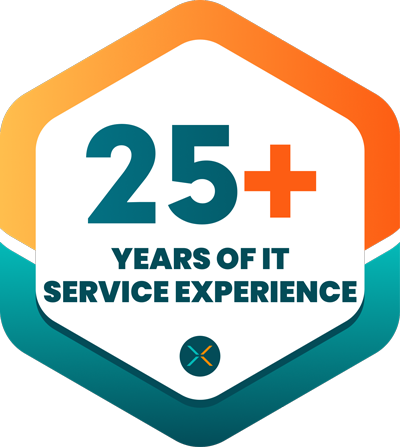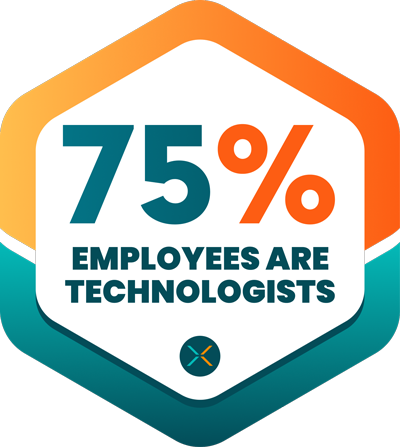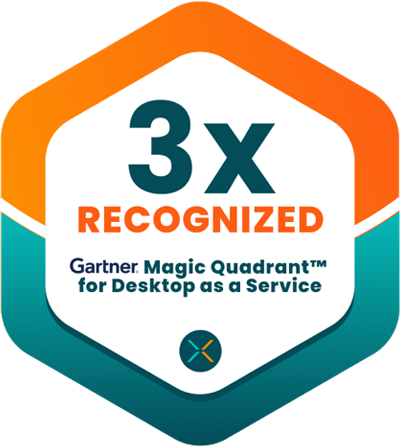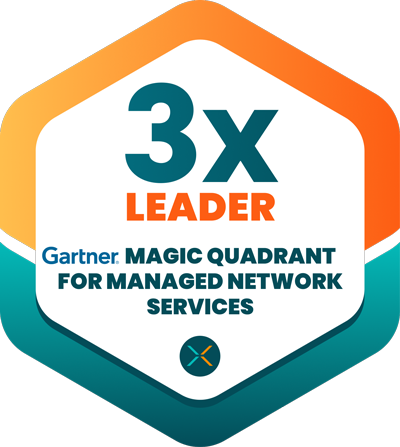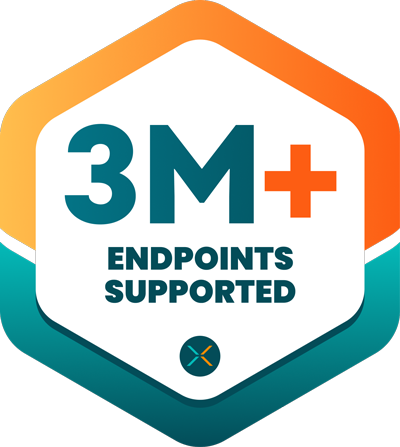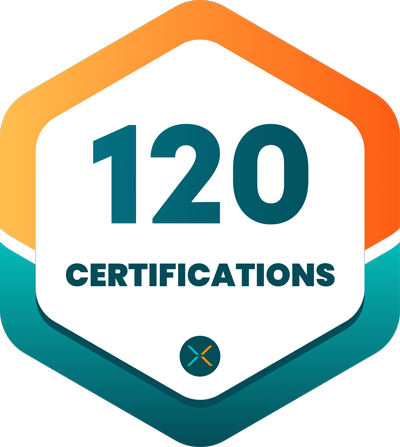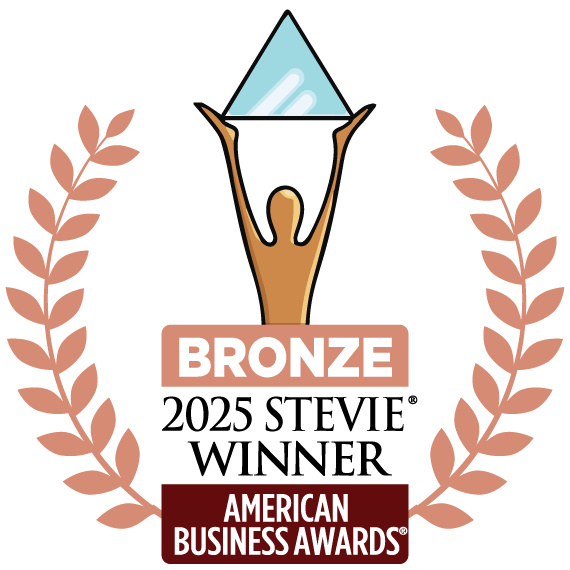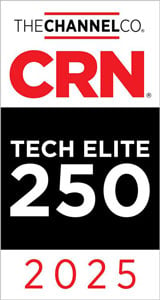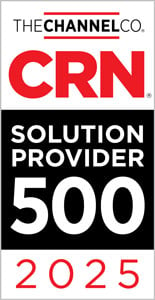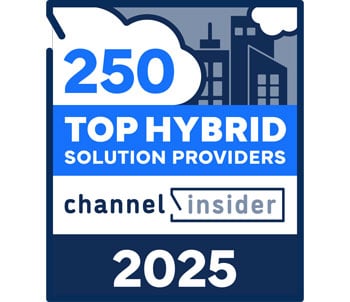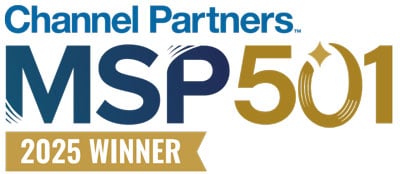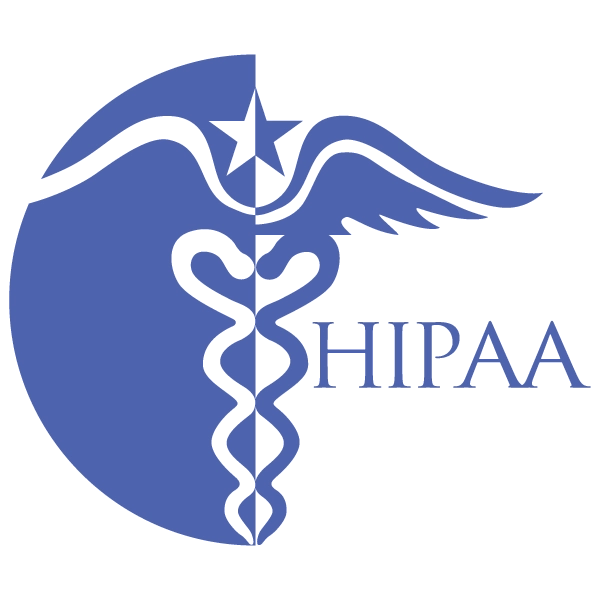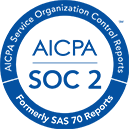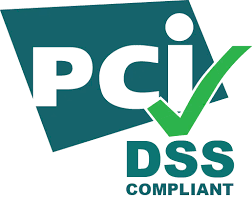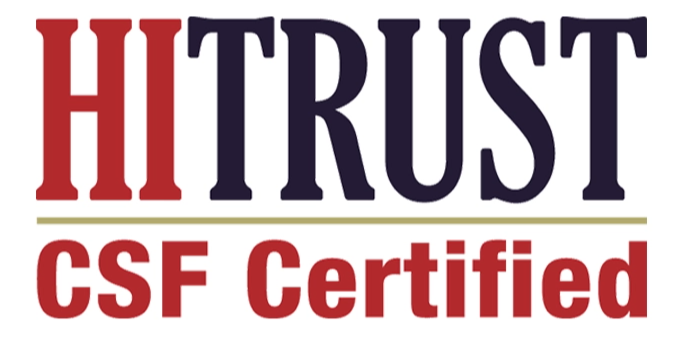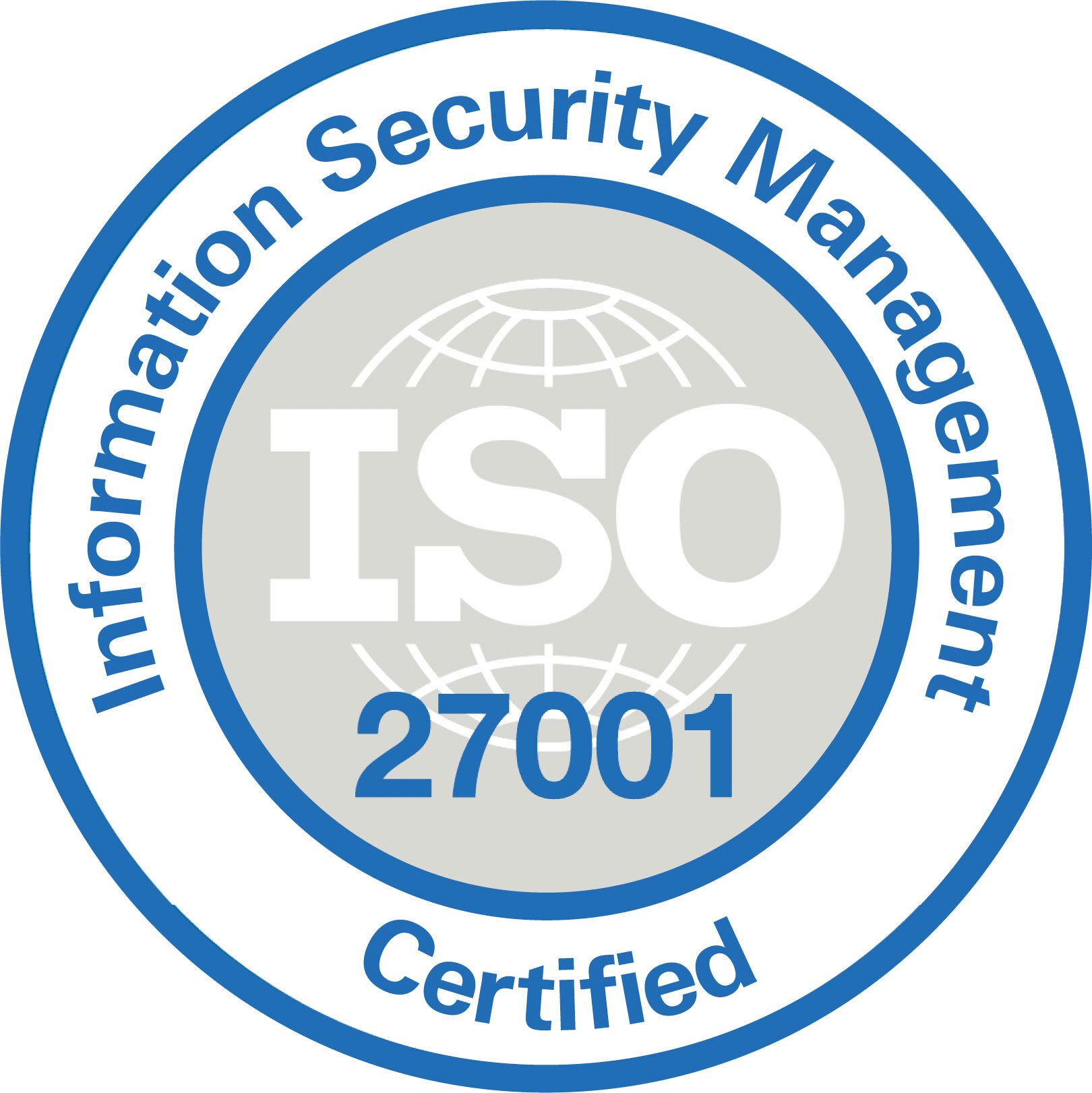Virtual Desktop FAQs
Quick answers about tailored Desktop-as-a-Service options
Get started today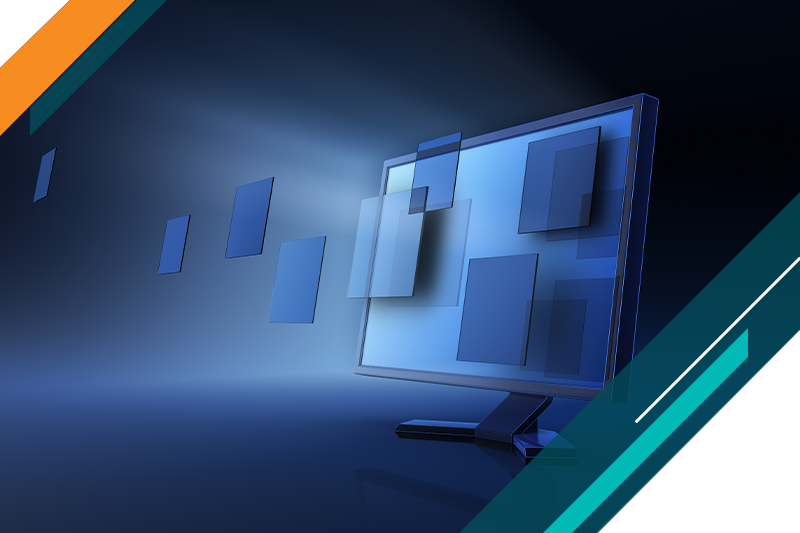
Frequently Asked Questions
Desktop-as-a-Service is a cloud computing solution that provides employees with secure remote access to all their applications, files and data, from any location, at any time. The data is stored safely in a public / private cloud and can be accessed on nearly any internet-enabled ‘smart’ device. Desktop as a Service, formerly known as Virtual Desktop Infrastructure (VDI), consolidates all external IT assets and legacy/SaaS applications into one platform to simplify IT administration. Each user is provided with a dedicated CPU and memory, allowing them to work exactly as they would with a traditional laptop or desktop, often with improved performance, better security, and a seamless user experience. Click here for more information:
DaaS is an ideal solution for organizations that:
- Employ teleworkers and /or a mobile workforce.
- Want to reduce the overall costs of supporting their desktop infrastructure and software.
- Have limited IT resources and need to achieve peak efficiency, and simplified management of employee desktops.
- Want to extend the life of older PCs / laptops, and reduce the frequency of PC replacement cycles.
- Have between 250 and 5,000 plus employees, with a distributed workforce.
- Want to increase data security, and improve regulatory compliance.
No, DaaS is not an all or nothing proposition. While the most common deployment, simply due to proximity, is to bring both desktops and line of business applications within the XTIUM hosting environment, businesses can select just the users for whom it makes the most sense, (such as remote users, employees in satellite offices, users with older PCs) and hybrid deployment models are supported. Click here to learn more
Due to the explosion of SaaS, most workforces are now only using one or two legacy applications. Unfortunately, the DaaS provider industry is still trying to support these applications by giving everyone a virtual desktop. Simply put, that’s a waste of money and resources, but most importantly - what an annoying way to do your job!
XTIUM is breaking the DaaS industry mold. With XTIUM’s Virtual Desktop solution, we are able to publish legacy applications to end users, and offer them in a file based SSO fashion. This makes legacy applications look, act, and feel like a SaaS application to end users, whichever device they are using.
Provisioning traditional desktops is tedious and takes weeks vs. minutes with DaaS. Here’s an illustration of adding 10 new desktops to DaaS (the industry-wide practice) vs. 10 new XTIUM Virtual Desktop Solution users:
| DaaS: The customer tells their Account Manager (AM) they need 10 more desktops. The AM sends a quote for 10 more users. The customer signs the quote and the AM passes this on to provisioning and a couple days later, without escalations, the DaaS seats are there. Can it be done in a couple hours in a pinch? Sure, and we have many times. But the default process noted here is typical | XTIUM Virtual Desktop Solution: IT logs into their portal and creates 10 users, along with their security permissions and applications access, instantly. Resources for pushing out legacy applications or entire desktops are provisioned in minutes. The portal then reaches out to Office 365 and provisions their licenses ... on the fly. Charges are automatically added to their monthly billing. Oh, and should you need to eliminate users, the same is true in reverse to deprovision. IT can add users, on their own, in a matter of minutes, not days. Larger changes may require account management but for the most part, capacity planning can be done at your leisure, instead of being “under the gun” to make a small change. |
Security and Compliance: DaaS mitigates risks and eliminates security concerns because the data resides in the datacenter and not on the device. Additionally, you can add an extra layer of security to your platform with XTIUM multi-factor authentication (MFA) and single sign-on (SSO) web portal, all while staying compliant.
Mobility: DaaS enables IT to provide users with remote access to all company applications from anywhere, on any device. XTIUM’s DaaS solution enables IT to quickly deploy new users from anywhere, making it easier to manage users and increase productivity.
Scalability and Agility: With XTIUM DaaS, it's easy for IT to scale your virtual desktops up or down, as needed, so you can quickly adapt to changing business requirements.
Performance: DaaS enables organizations to deliver high performing applications to any end point. Real-time audio and video optimized DaaS enables team members to work together on projects from different locations in real-time, making collaboration easier and more efficient.
Is your organization planning to or in the process of adopting DaaS? Here are a few recommendations from the 2023 Gartner Market Guide for DaaS to help you find a DaaS solution that meets your unique IT needs.
- Access company data and apps securely from any where
- Simplify IT by offloading maintenance and administrative headaches
- Work from any location with any type of end-point device
- Reduce your security exposure
- Reduce hardware and support costs
- Replace siloed, legacy infrastructure with a consolidated solution that simplifies IT
- Speed up user on-boarding and off-boarding
- Eliminate the need to refresh hardware every few years
- Eliminate the need for VPN
- Ensure reliability with 99.999% uptime
- Maximize business continuity with disaster recovery
- Stay secure by keeping up with compliance and regulatory standards
Click here to learn more
| Use Case | Common For | Best Choice | |
| High Availability | Critical Workloads, Large Enterprises | DaaS | |
| Seasonal Workers / Bust Capacity | Retail, Finance | DaaS | |
| Small Worker Footprint | SMB Enterprise | PC or DaaS | |
| Bring Your Own PC (BYOD) | Contractors, Gig Workers | VDI or DaaS | |
| Single / Multiple Desk-Based Locations | Physicians, Floor Managers | VDI or DaaS | |
| High Security and Compliance | Financial Traders, IT, Government | VDI or DaaS | |
| Numerous Legacy Windows App | Healthcare, Governments, Finance | VDI or DaaS | |
| High-Turnover Positions | Interns, Contractors, Educators | VDI or DaaS | |
| High End Graphics | CAD Engineers, GIS, Graphic Design | PC or DaaS | |
| Shared Computers | Hospitals, Manufacturing |
|
Click here to learn more.
DaaS (Desktop as a Service):
- Cloud-based service.
- Managed by a third-party provider.
- Highly scalable and subscription-based.
- Suitable for organizations prioritizing simplicity and scalability.
VDI (Virtual Desktop Infrastructure):
- On-premises or private cloud solution.
- Requires more in-house management.
- Upfront hardware costs.
- Provides more control and customization options.
In short, DaaS is a cloud-based, scalable, and managed service, while VDI offers more control but demands in-house management and infrastructure investment.
- DaaS: Cloud-based, no physical hardware.
- Traditional Desktops: Physical computers or laptops.
- DaaS: No hardware maintenance required.
- Traditional Desktops: Ongoing hardware maintenance needed.
- DaaS: Highly scalable with virtual desktops.
- Traditional Desktops: Scalability limited by physical hardware.
- DaaS: Supports remote and flexible work.
- Traditional Desktops: Tied to physical locations.
- DaaS: Strong security measures from providers.
- Traditional Desktops: Data security is organization's responsibility.
- DaaS: Subscription-based.
- Traditional Desktops: Upfront hardware and maintenance costs.
- DaaS: Managed by providers.
- Traditional Desktops: Organization's responsibility.
In short, DaaS offers a cloud-based, scalable, and cost-effective desktop solution, while traditional desktops rely on physical hardware and involve higher maintenance and management efforts.
Real-time audio and video conferencing for Virtual Desktops and Desktop as a Service (DaaS) refers to the ability to conduct live audio and video meetings, and collaboration sessions, within a virtual desktop or DaaS environment. Video conferencing solutions such as Microsoft Teams, Webex and Zoom, when deployed as part of a virtual desktop environment, often increase the network load, which compromises the performance and end-user experience, making remote working difficult. Traditional desktops and VDIs are not good at encoding and decoding parts of audio and video. This is why video conferencing on old virtual desktops is slow and laggy.
XTIUM mitigates this issue by deploying vendor-supported configurations of their collaboration tools in a virtual environment, also known as real-time audio and video (RTAV) optimization, or media offloading.
Unlike traditional desktops and VDI, modern DaaS is smart enough to offload the media intensive parts of processing, that a virtual desktop isn't good at, to the client device. This simple change is how users get a Teams call, Zoom call, Webex call (or even stream March madness) with 100% clarity within their virtual desktop.
Instead of waiting until the last moment for another hardware refresh, exploring DaaS early on can improve the way you approach tech challenges. DaaS offers more than just device replacement—it extends device lifecycles, enhances security, boosts mobility, and improves end-user productivity, ultimately leading to a better customer experience. By having the conversation about DaaS well in advance, organizations can discover its potential beyond a simple hardware substitute.
The level of effort is modest, but not groundbreaking. The implementation process goes through the following steps:
- Extend a customers’ network into the data center solution
- Build out DaaS tenant
- Getting the image ready
- Installing applications
- Add licensing
Not only does DaaS offer a significant reduction in support costs—up to 60% for user bases leveraging VDI or DaaS compared to traditional client computing solutions—it also simplifies administrative tasks. By eliminating the need for device procurement and provisioning, DaaS simplifies organizational dynamics and cuts costs.
These 7 comparison points can guide you in your process:
Ownership and Management
- Private Cloud: Owned and maintained by a single organization or a third-party service provider exclusively for that organization. Offers more control and customization options.
- Public Cloud: Owned and operated by a third-party provider, serving multiple organizations. Less control over infrastructure and services as it's shared among users.
Uptime
- Private Cloud: Typically offers 99.999% uptime.
- Public Cloud: Typically offers 99.9 or 99.99% uptime.
Customization and Flexibility
- Private Cloud: Provides greater customization options to tailor the infrastructure and services to specific organizational needs.
- Public Cloud: Offers limited customization options due to shared infrastructure and standardized services.
Scalability
- Private Cloud: Scalability is possible but may be constrained by the available resources and infrastructure.
- Public Cloud: Highly scalable with the ability to rapidly increase or decrease resources based on demand.
Compliance and Regulations
- Private Cloud: Easier to comply with specific industry regulations and data privacy requirements as customization is feasible.
- Public Cloud: Compliance may be challenging, especially if the provider operates in multiple regions with varying regulations.
Security
- Private Cloud: Offers higher security levels due to dedicated resources and customized security measures.
- Public Cloud: Security measures are standardized and shared among multiple users, potentially posing higher security risks.
Disaster Recovery
- Private Cloud: Allows for customized disaster recovery strategies and redundancy plans based on organizational needs.
- Public Cloud: Relies on the provider's disaster recovery and redundancy measures, which may have limitations in customization.
Click here to learn more.
XTIUM managed DaaS delivers the technology, support, management, and expertise needed to fully embrace hybrid work – in our cloud or on Azure. It enables IT to offload their day-to-day administrative headaches of managing a virtual desktop infrastructure to XTIUM so they can focus on more strategic tasks.
Click here to learn more.
Desktop-as-a-Service provides multiple business benefits:
- Dramatically improve employee productivity by providing immediate access to all company apps from any location, on any type of device.
- Enable mobility and Bring Your Own Device (BYOD) strategies.
- Improve data, device, and application security because data never leaves the data center and stays safe in XTIUM cloud.
- Better manageability due to centralized administration i.e. quickly upgrade applications across the network, push patches etc.
- Eradicate PC / laptop repair time and expense.
- Extend the life of desktop infrastructure, workstations, and laptops.
- Eliminates the need for additional staffing/support costs.
- Reduce Total Cost of Ownership (TCO) by transitioning away from expensive on-site servers, data centers and hardware.
You can access DaaS from anywhere, so long as there’s internet connectivity, including cable modem and 4G/5G wireless connections – from home, the coffee shop, from the airport, or from the office etc.
The following features and services are included depending on the type of DaaS offering you choose (Enhanced, Premium, Ultimate, Managed):
- A full Windows 64 bit desktop experience
- Access from any device
- RMM-Pro
- Real-time audio and video optimization
- Dedicated CPU for each user
- Dedicated memory for each user
- Identity management with SSO/MFA
- XTIUM security suite
- Platform, Image and Patch management
- Performance and Availability Monitoring
- Critical Infrastructure Backup
- Tailored Management Options
- Office 365 / Microsoft Licensing
- Disaster Recovery as a Service
- Virtual Data Center (VDC)
- An administrator portal for IT to centrally manage virtual desktops for better administrative control and security.
See what’s included in XTIUM packages here.
No, if you are currently contracted with Microsoft for your Windows Desktop Operating System you can leverage the Windows VDA (Virtual Desktop Access) for your licensing. Learn more about our Desktop as a Service Pricing here.
Almost all USB peripherals that are supported in Windows are supported with our DaaS solution. Administrators can control the types of peripherals that can be accessed within the virtual desktop by implementing policies that make the most sense for their organization and user community.
Virtually any application your desktops run today will run on DaaS. We support BYOL (Bring-Your-Own-Licensing), Open-source licensing such as Open Office, or XTIUM can provide Microsoft Office applications via a monthly subscription model.
We can also host line-of-business applications within our virtual private cloud infrastructure providing your business with all of the flexibility you have on physical desktops today.
When thinking about Virtual Desktop FAQs, this is an important question. Your current administrator or third-party consultant is responsible for your Active Directory, users’ permissions and policies, desktop applications, and endpoint device support. XTIUM manages virtual desktop pools and licensing, stable and secure virtual infrastructure, network, and consumable resources (CPU, RAM, Disk).
Click here to learn more.
Yes, each DaaS deployment is provisioned with a dedicated Active Directory server. The solution fully supports premise-to-cloud domain integration and was built specifically to meet the needs of midmarket and enterprise businesses.
Ready to start a conversation?
We’re a team of trusted technology experts that work as an extension of company's IT team to help solve problems, deliver business outcomes and enable IT to be the heroes they are. From the first exploratory appointment to post-implementation support, we are always available to help.
Discover XTIUM's Comprehensive Suite of DaaS Offerings

Managed DaaS
Free yourself from the day-to-day management of changing technologies, with XTIUM’s Managed DaaS solution.

XTIUM Private Cloud
Leverage XTIUM’s industry expertise in SD-WAN, security, and infrastructure to ensure access and uptime, while improving efficiencies, decreasing costs, and eliminating cloud sprawl.

Azure Public Cloud
Virtual Desktops on Azure combine the scale, security, and cost benefits of Azure and Microsoft 365 - for a secure remote desktop experience from virtually anywhere.
Embrace XTIUM’s DaaS Solution







Industry-recognized and certified to support your IT needs
Trusted by 1,700+ mid-size and enterprise companies, we operate as an extension of your team—solving problems with urgency and accountability so you can focus on strategy, not firefighting. We are not just another MSP. We're your force multiplier that bring proven frameworks and real-world experience to help you secure, scale and streamline operations with fewer resources. Stop juggling vendors. Stop fighting uphill battles. Work with an IT partner who gets IT.
